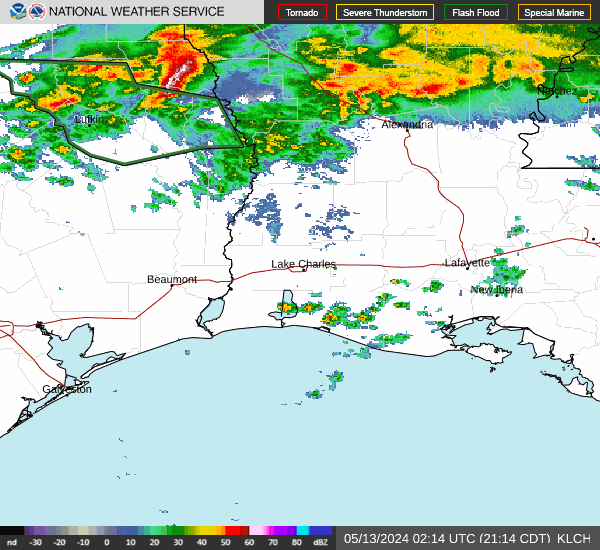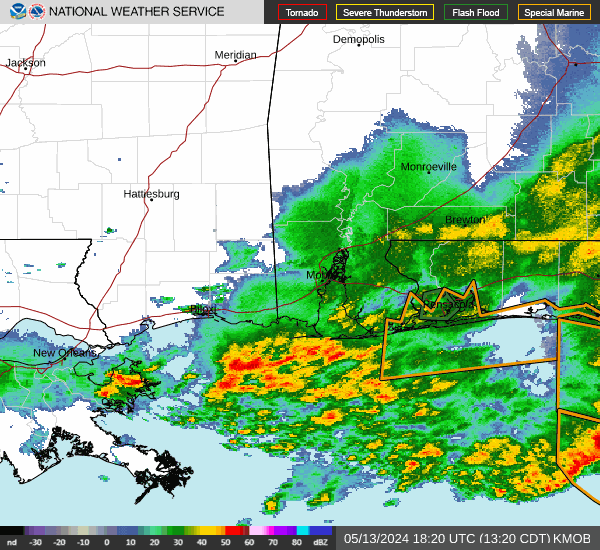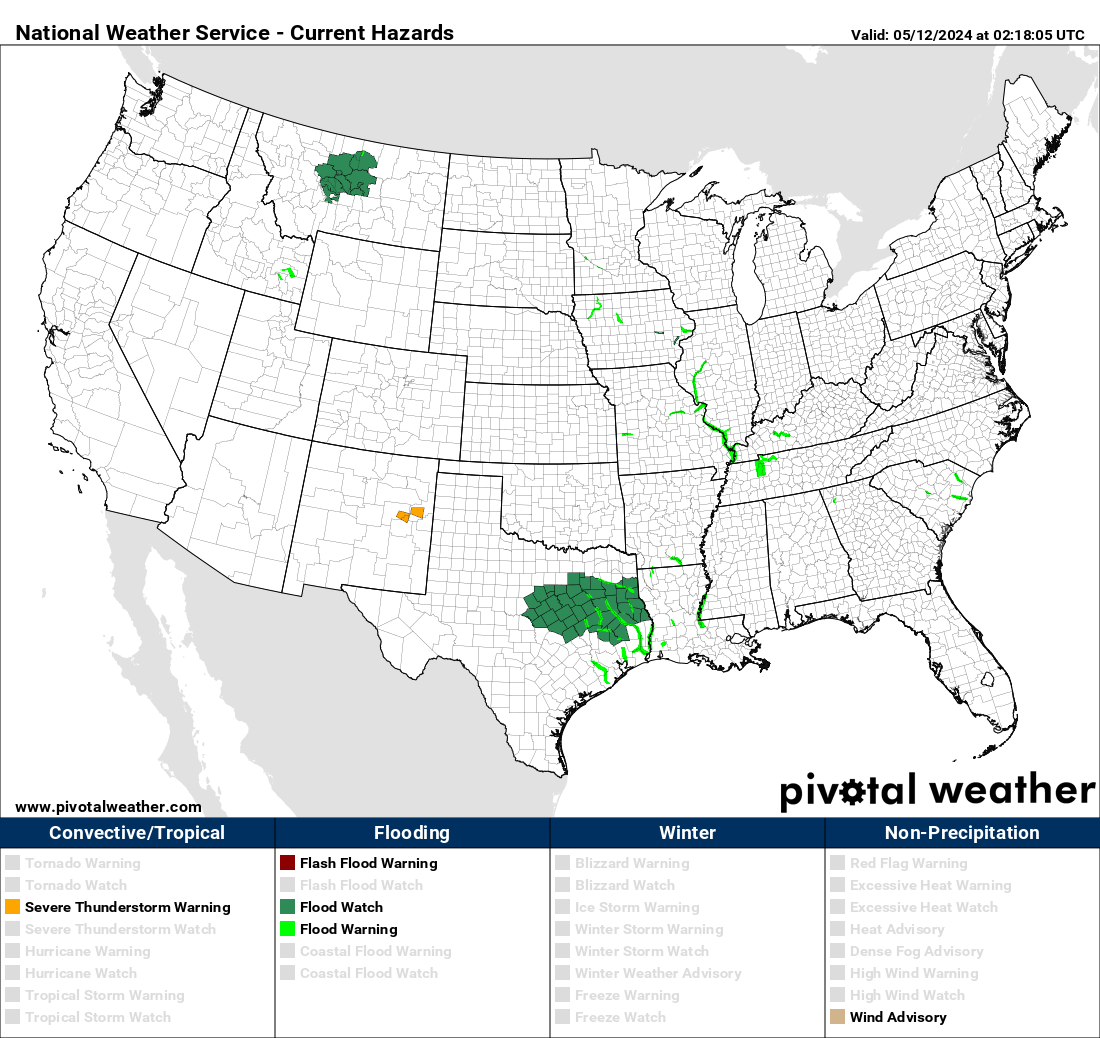New Storm Surge Warning System Coming for Hurricane Season
Feb 18, 2014 8:30:24 GMT -6
tgrgrd00 likes this
Post by Briella - Houma on Feb 18, 2014 8:30:24 GMT -6
Locals will have a new way of learning their risk for storm surge ahead of this year’s hurricanes.
The National Hurricane Center in Miami will incorporate a new alert into its regular advisories for the hurricane season that begins June 1.
The alert will come in the form of a map that displays the “reasonable worst-case scenario” for storm surge in any region, said James Brinkley with the National Hurricane Center.
The color-coded maps show where storm surge could happen and how high the water could rise in those areas.
The maps will be issued when a hurricane or tropical storm watch is first posted for any part of the Gulf or East coasts, 48 hours before tropical storm-force winds are expected. Then they’ll be updated every six hours throughout the storm.
The National Hurricane Center began talking about the maps last year as part of an effort to improve the way forecasters talk about the abnormal rise of sea water during hurricanes. Many factors contribute to storm surge, and predictions about the potential flooding sometimes caused confusion.
Areas shaded blue could see up to 3 feet of surge, yellow will indicate 3-6 feet, orange will signify greater than 6 feet, and red will represent surge in excess of 9 feet.
“It’s going to be an interactive-use map. You will be able to go on our site, pull up the map, zoom down to a community level, and see how we forecast,” Brinkley said.
Surge warning previously took the form of text updates within a hurricane advisory, but forecasters found that is a less effective way of communicating, Brinkley said.
“When we consulted with broadcast meteorologists and others, they say it’s not enough to put out text. You need something that will bring their eyes to it,” Brinkley said.
The maps will be created using surge modeling techniques that take factors such as wind speed and storm track into account.
The most common measure of hurricane strength is the Saffir-Simpson Hurricane Wind Scale, a 1 to 5 rating based on a hurricane’s sustained wind speed, according to the Hurricane Center.
Storms reaching Category 3 and higher, wind speeds of 111 mph and greater, are considered major hurricanes because of their potential for significant loss of life and damage.
Category 1 and 2 storms, with wind speeds of 74 to 110 mph, are dangerous and require preventative measures.
Windell Curole, South Lafourche Levee District director, said the scale isn’t always the best measure of danger, especially for coastal residents facing surge.
People still associate the potential surge with a hurricane’s surge, whichcan be a faulty assumption, Curole said.
Hurricane Gustav, which made landfall Sept. 1, 2008, near Cocodrie as a Category 2 storm produced storm surge of 15 feet along the Mississippi Gulf Coast.
There were predictions ahead of the storm that Houma would see a surge of 10-15 feet, but flooding was minimal.











